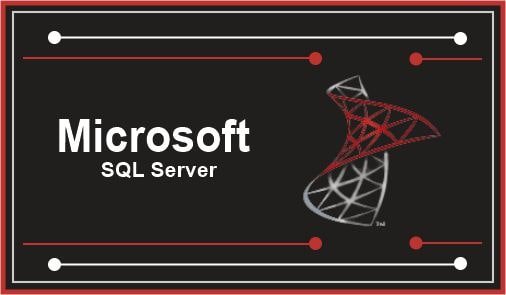COURSE DESCRIPTION
This course is designed to provide participants with the knowledge and skills necessary to design, implement, and manage databases using Microsoft SQL Server. Participants will learn about SQL Server architecture, database design, querying with Transact-SQL, administration tasks, and advanced topics such as performance tuning and high availability.
SYLLABUS
- Overview of relational database concepts
- Introduction to Microsoft SQL Server: editions, versions, components
- Installing SQL Server and SQL Server Management Studio (SSMS)
- Exploring SQL Server Management Studio interface
- Understanding database design principles
- Introduction to Entity-Relationship (ER) modeling
- Normalization and denormalization techniques
- Creating and modifying database objects: tables, views, indexes, constraints
- Overview of Transact-SQL language
- Writing basic T-SQL queries: SELECT statement, filtering data
- Sorting and grouping data
- Working with functions and expressions
- Joins and subqueries in T-SQL
- Working with set operators: UNION, INTERSECT, EXCEPT
- Understanding window functions and ranking functions
- Introduction to common table expressions (CTEs
- Configuring SQL Server instance settings
- Creating and managing databases
- Understanding database backup and restore strategies
- Configuring security: logins, users, roles
- Introduction to SQL Server Profiler and Performance Monitor
- Identifying and troubleshooting performance bottlenecks
- Indexing strategies for performance optimization
- Understanding execution plans and query optimization techniques
- Overview of high availability options: failover clustering, database mirroring, AlwaysOn Availability Groups
- Implementing disaster recovery strategies: backups, replication, log shipping
- Configuring and managing SQL Server Agent jobs
- Introduction to SQL Server Integration Services (SSIS)
- Designing and deploying SSIS packages for ETL (Extract, Transform, Load)
- Introduction to SQL Server Analysis Services (SSAS) and SQL Server Reporting Services (SSRS)
- Building and deploying SSAS cubes and SSRS reports
- Overview of relational database concepts
- Introduction to Microsoft SQL Server: editions, versions, components
- Installing SQL Server and SQL Server Management Studio (SSMS)
- Exploring SQL Server Management Studio interface
- Understanding database design principles
- Introduction to Entity-Relationship (ER) modeling
- Normalization and denormalization techniques
- Creating and modifying database objects: tables, views, indexes, constraints
- Overview of Transact-SQL language
- Writing basic T-SQL queries: SELECT statement, filtering data
- Sorting and grouping data
- Working with functions and expressions
- Joins and subqueries in T-SQL
- Working with set operators: UNION, INTERSECT, EXCEPT
- Understanding window functions and ranking functions
- Introduction to common table expressions (CTEs
- Configuring SQL Server instance settings
- Creating and managing databases
- Understanding database backup and restore strategies
- Configuring security: logins, users, roles
- Introduction to SQL Server Profiler and Performance Monitor
- Identifying and troubleshooting performance bottlenecks
- Indexing strategies for performance optimization
- Understanding execution plans and query optimization techniques
- Overview of high availability options: failover clustering, database mirroring, AlwaysOn Availability Groups
- Implementing disaster recovery strategies: backups, replication, log shipping
- Configuring and managing SQL Server Agent jobs
- Introduction to SQL Server Integration Services (SSIS)
- Designing and deploying SSIS packages for ETL (Extract, Transform, Load)
- Introduction to SQL Server Analysis Services (SSAS) and SQL Server Reporting Services (SSRS)
- Building and deploying SSAS cubes and SSRS reports
Course Features

- Lectures : 20
- Quizzes : 5
- Max Student : 20
- Certificate : Yes
- Assessments : Yes
- Mock-up Interview : Yes
- Mode : Online & Offline
- Language : English, Hindi

